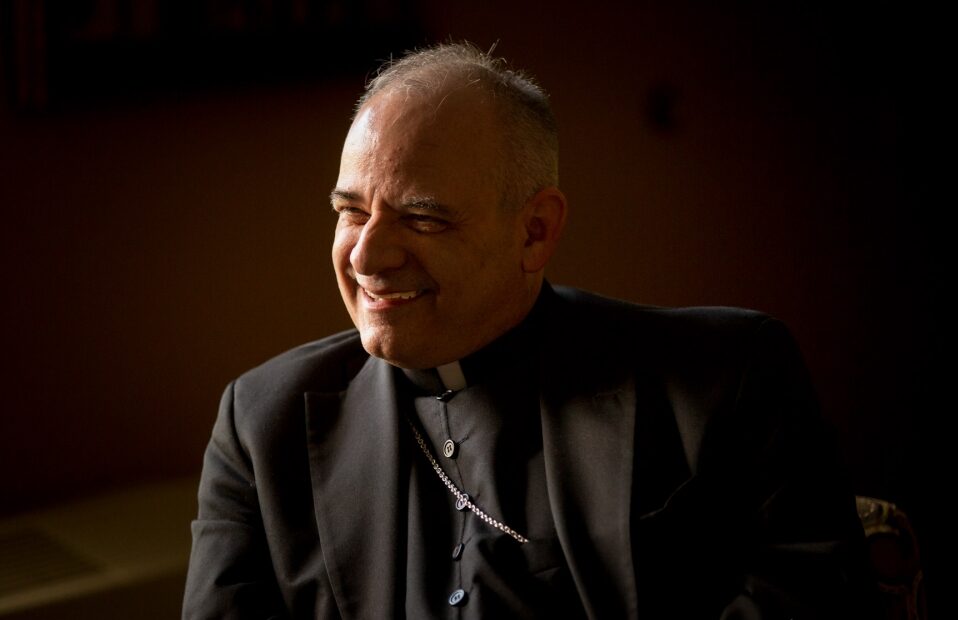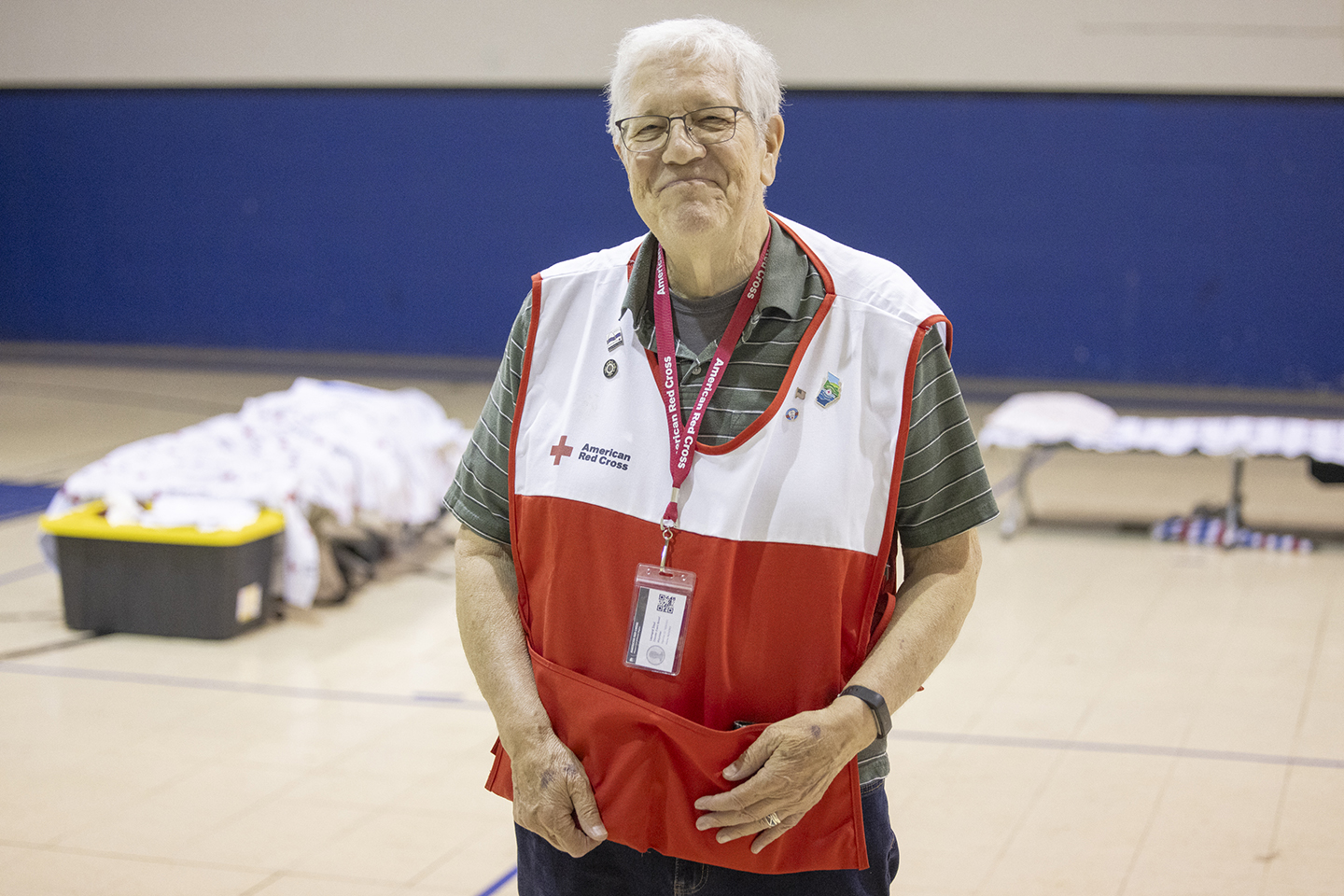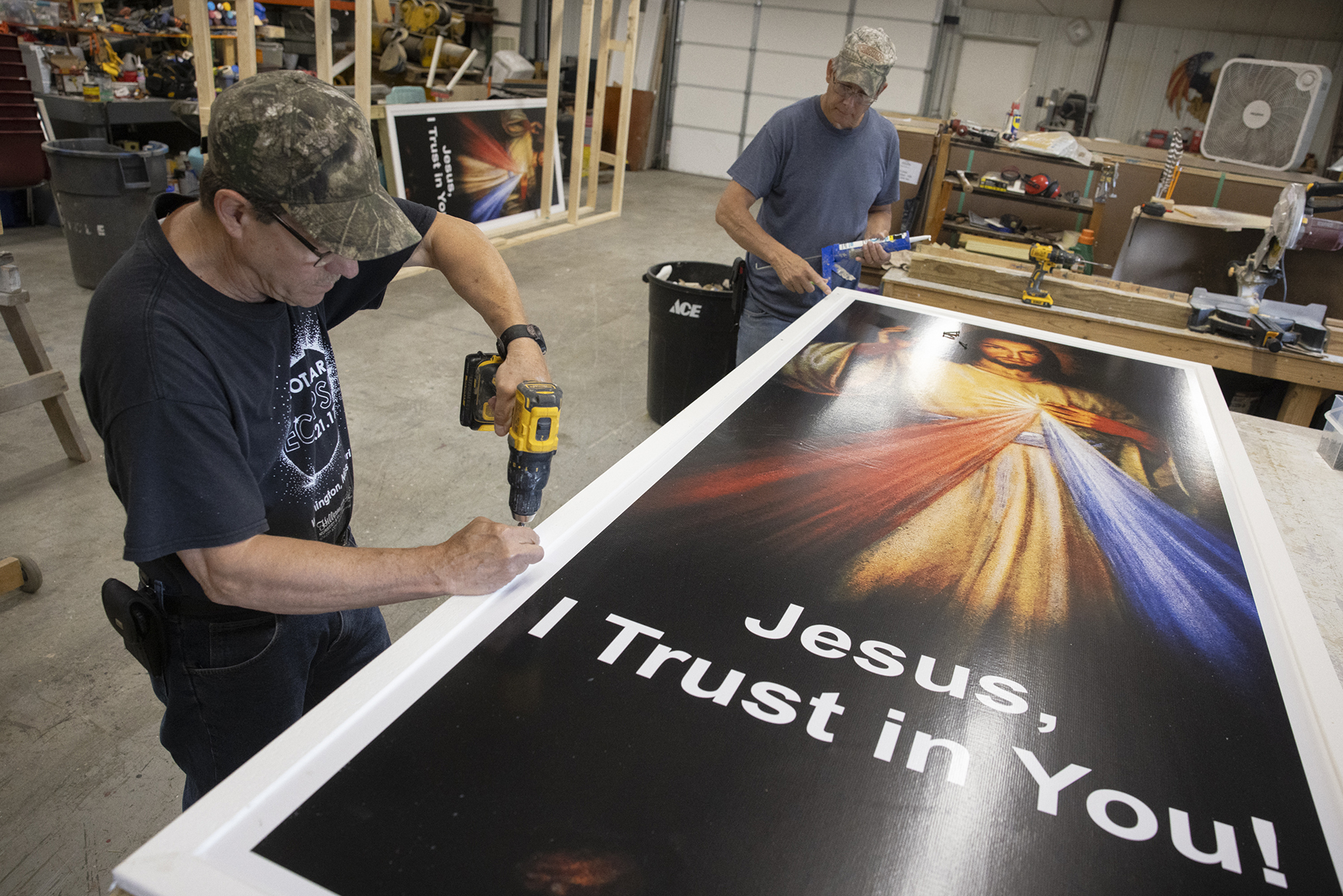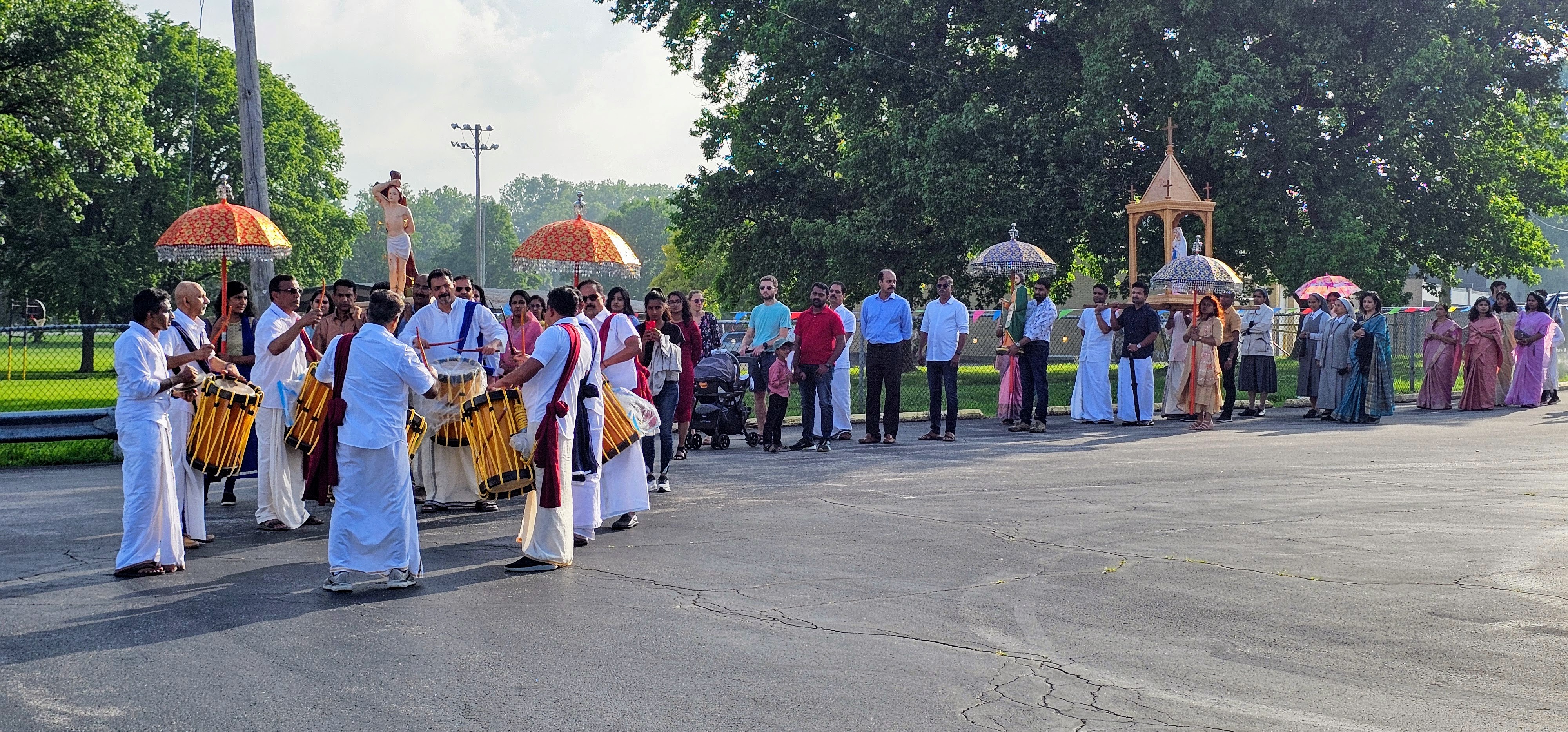Mass of Reparation atones for sins of clergy sexual abuse

Archbishop Robert Carlson asks for God's grace to "move us along a journey of renewed conversion."
Acknowledging the sorrow and shame of sexual abuse of children and adults by clergy was the central focus of a Mass of Reparation Sept. 7 at the Cathedral Basilica of Saint Louis.
Archbishop Robert J. Carlson called on God forgiveness for the sins of clergy sexual abuse.
“The Church today around the world and in the Archdiocese of St. Louis suffers from the wounds of many scandals,” Archbishop Carlson said in the homily before nearly 800 people in attendance. “The Body of Christ experiences the weight of the scandal and is in need of divine mercy in order to be healed.
“We gather in friendship with Christ to hear the Word of God in Scripture and to learn from Christ and to be fed by Him in Holy Communion — the primary reason for Catholic worship,” he continued. “Tonight in this Mass of Reparation, this Mass of healing, may God’s grace move us along a journey of renewed conversion.”


The archbishop invited deacons, priests and bishops to pray, fast and offer almsgiving through the feast of Our Lady of the Rosary Oct. 7; all to pray on Oct. 1, feast of St. Therese of Lisieux, for the clergy; all to pray Oct. 2, feast of the Holy Guardian Angels, for the victims of abuse; and for all to make sacrifices “to help bring healing to this situation — especially daily prayer.”
The archbishop celebrated a Mass for the Forgiveness of Sins, which is from the Masses for Various Needs and Special Occasions in the Roman Missal. The archbishop wore violet-colored vestments as a symbol of the penitential nature of the Mass. The procession included a simple cross, but omitted from the Mass were the bishop’s mitre, crosier and pallium. This was to reflect the somber nature of the Mass, said Father Nicholas Smith, director of the archdiocesan Office of Worship. “This Mass is more somber in that it is recognizing our sinfulness, and it is intended to make reparation for those sins,” he said.
In a statement released after the grand jury report detailing clergy sexual abuse in Pennsylvania, Archbishop Carlson invited priests of the Archdiocese to join him in offering Masses for all victims of sexual abuse. Several parishes here have already offered Masses of Reparation or other Masses with special intentions.
In the Catholic tradition, to make reparation means to offer to God an act of compensation or making amends one’s own sins or the sins of others against Christ. The act serves as a way to repair His heart, which has been wounded by sin. Some Catholics have a special devotion to participating in acts of reparation for Christ.
In the 1928 encyclical “Miserentissimus Redemptor” (“On Reparation to the Sacred Heart”), Pope Pius XI explained why Catholics should offer reparations to Christ’s Sacred Heart:
“… The creature’s love should be given in return for the love of the Creator, another thing follows from this at once, namely that to the same uncreated Love, if so be it has been neglected by forgetfulness or violated by offense, some sort of compensation must be rendered for the injury, and this debt is commonly called by the name of reparation.”
Reparation also should be understood in the context of the Church being a mystical body of Christ, explained Jesuit Father Mark Kramer, director of spiritual formation at Kenrick-Glennon Seminary.
St. Paul described that Christ took on the sins of humanity when he suffered and died upon the cross. As the Body of Christ, when one person suffers, the entire body also suffers. That’s why Church prays collectively for the sins of all humanity. In the Confetior (at Mass), for example, we pray for each other for the forgiveness of sins that we have committed. And while we do this individually, there is a communal dimension as well.
Some may ask why Catholics should pray and fast in reparation for sins they did not commit. Father Kramer recalled that “Christ offered himself even though he was innocent from our sins. It’s His love and obedience to the Father that makes up for our disobedience. We can join in His sinless offering for the sins of others.”


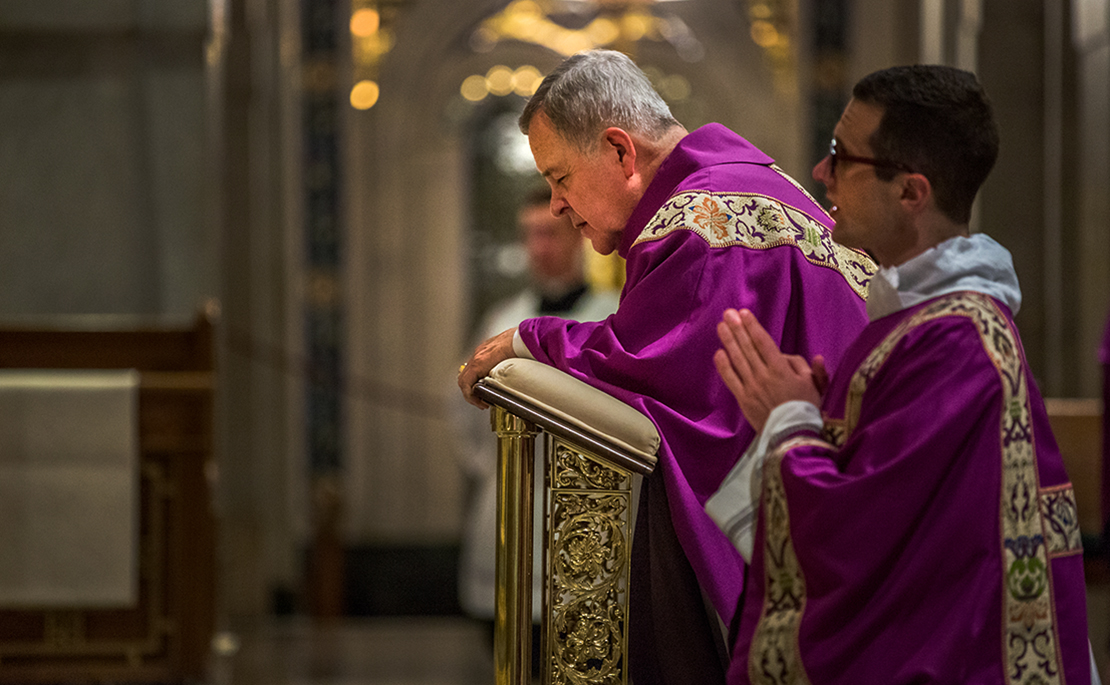
Listen to Archbishop Carlson’s homily here:
Devotion to the Two Hearts

The Church has special devotions to the Sacred Heart of Jesus and Immaculate Mary — when coupled known as a devotion to the Two Hearts. Both share the same theme of making reparations but originated at different times in Church history.
In a revelation to St. Margaret Mary Alacoque in 1675, Jesus asked her to make a “reparation” on the nine first Fridays to His Sacred Heart, which was hurt by the sins of humanity.
In 1917, Our Lady of Fatima’s revelations included a request to make reparation to her Immaculate Heart on five consecutive first Saturdays because of the blasphemies against her Immaculate Conception, her virginity and motherhood, and the sins and sacrileges of others.
Our Lady indicated to Sister Lucia, one of the three Fatima visionaries, that “if my requests are heard, my Immaculate Heart will triumph … and an era of peace will be granted to mankind.” By 1925, Sister Lucia revealed Jesus’ desire to have the devotion to the Immaculate Heart of Mary be coupled with the devotion to His Sacred Heart.
In the 1980s and ’90s, the Alliance of the Holy Family International, started by Father Edgardo “Bing” Arellano, promoted the devotion, with a large following among Filipino Catholics. Dr. Ruby Casino and others founded the Alliance of the Two Hearts in St. Louis in 2000.
Those who follow the devotion to the Sacred Heart of Jesus and Immaculate Heart of Mary live a lifestyle that includes regular confession, adoration, praying the Rosary and the Eucharist. All acts of reparation must be offered in union with the Eucharist. To learn more about the Alliance of the Two Hearts in St. Louis, visit www.ath-stl.org.
— Jennifer Brinker


